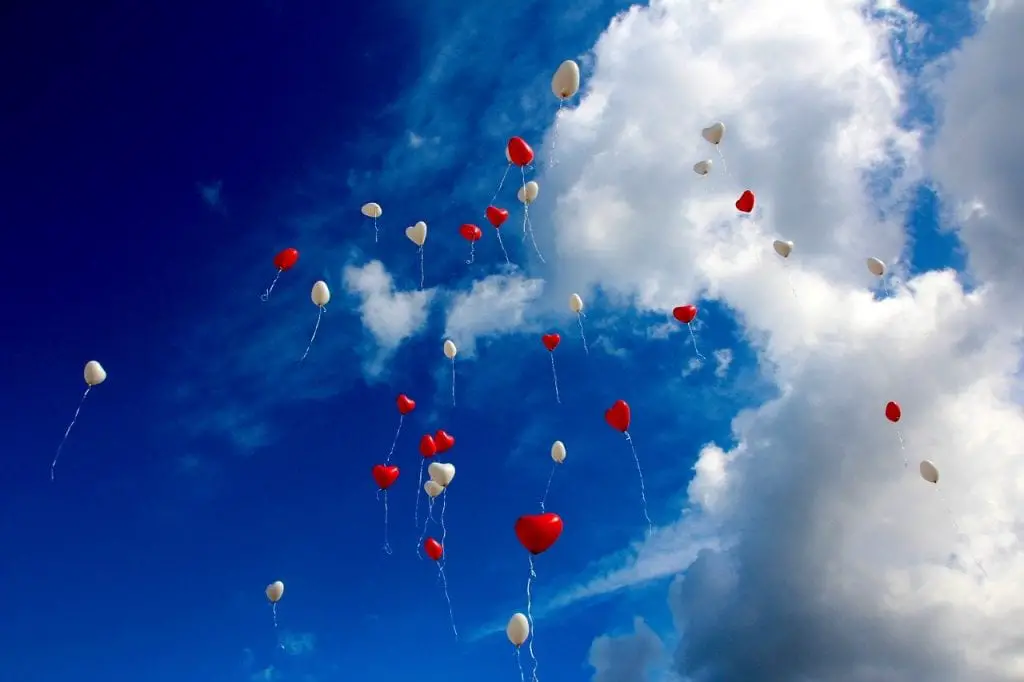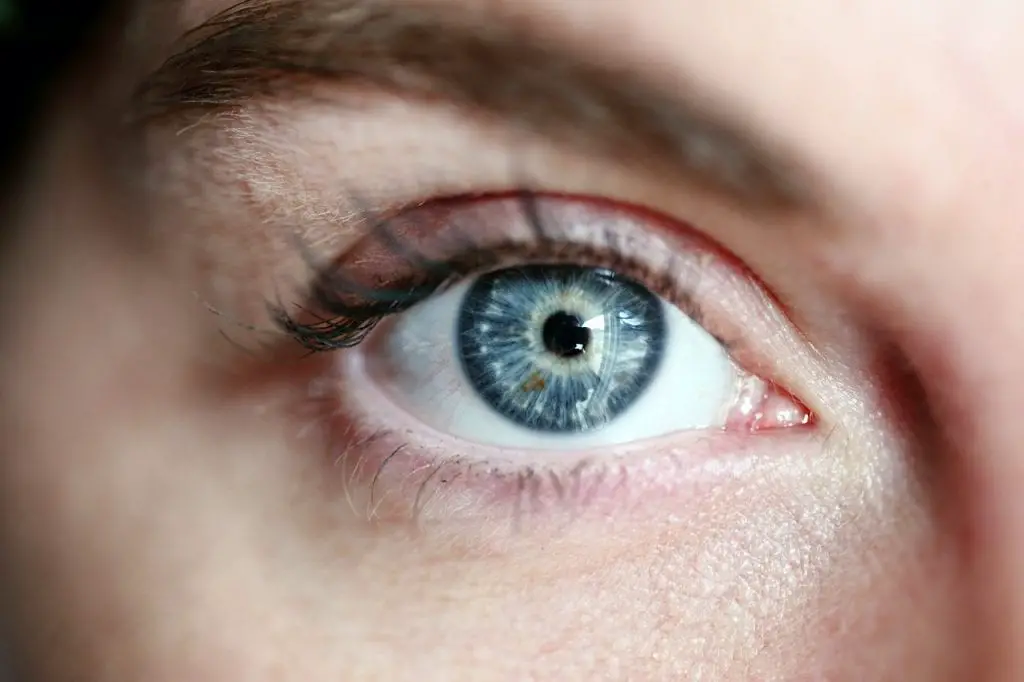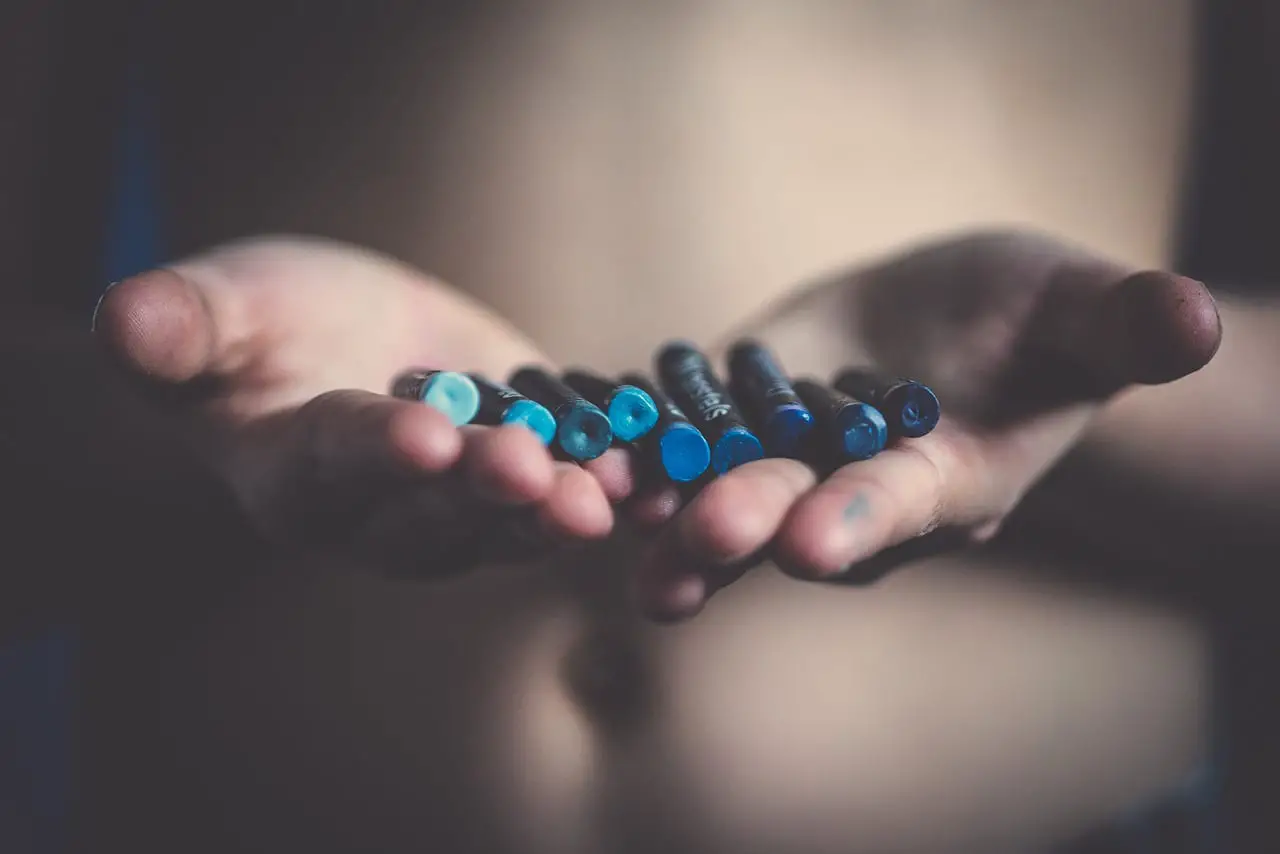Our world is made up of colors. Red, green, white, black, purple, and yellow are the colors that make our surroundings appear interesting and bearable. The variants of the primary colors lend much-needed variety to the things we buy, wear, or even eat. Each color has its significance in giving certain characteristics to the living and non-living beings around us. If a color depicts the mellow and peaceful, another color may warn that it is too dangerous to go near. It is fascinating to know facts about colors and how they evolved over a period.
Blue is a color, which has fascinated a lot of people, civilizations, and creative minds. It would be interesting to know the history, characteristics, facts, and features of the color blue. Let us learn more about the color blue today.
Amazing facts about the color blue
When we study evolution in any color, we come across several stories that would blow our minds. Blue color has its share of stories, facts, and significance that would put the blue color beyond the purview of colors and extend its importance to other factors. Pretty blue things in the form of paintings, gems, and stones have played an important role in changing the course of history. Below are some facts about the color blue that may surprise you.
1. Blue before it was called blue
All the colors we see today were there ever since our planet came into existence. People only started to recognize them one by one and when language evolved, they gave them names. The blue color is the last of the colors to get its name. Before it was named blue, the color has no name. About 5,000 years ago, no civilization had blue color in their dictionary or perceived blue color through vision. They either considered it dark wine or colorless.
Jules Davidoff, a well-known psychologist, has recorded his experience with Himba tribe who lived in Namibia. When he showed a set of colors, the people of the tribe found it difficult to pick the blue color. They failed to recognize pretty blue things from a set of different colors. Because they didn’t have how to name the color, they failed to recognize it. This shows that the color blue is fairly a recent phenomenon and became the part of our vocabulary a few hundred years ago.
The people of Egyptian civilization first gave the name blue to the color blue. They were the ones who produced the color blue from a stone called Lapis Lazuli. In the beginning, they used the blue colored stone in jewelry and then in the production of ultramarine. Ultramarine is a pigment used in making blue color. It is the most expensive pigment among the colors.
2. Characteristics of the color blue
When you see blue color in its natural form, it produces a calming effect on our nerves. Whether it is a sea, sky, or blue flower, they all tend to bring peace due to their vastness and soothing effect. Hence, the blue color is associated with tranquility, relaxation, and calmness. It has been established by researchers that blue color relieves the mind from stress and pressure. Keeping a stressed or psychologically disturbed person in an environment of blue color may prove therapeutic.
The variants of blue color represent different characteristics. Light blue color exhibits characteristics like health, tranquility, healing, softness, and understanding. The dark blue color is associated with seriousness, knowledge, power, and integrity. Apart from these characteristics, blue also represents wisdom, truth, trust, honesty, faith, confidence, and loyalty.
3. Why the sky and sea are blue
We all have wondered why the sky and sea appear blue during our childhood days. Scientists also took a while to explain the exact science behind the reason for sky and sea to appear blue. It was Lord Rayleigh, a British physicist, who explained the reason for the sky and sea to appear blue.

As we all know, every color has its own wavelength in the visible spectrum of light. Among all the colors, blue has the shortest, and red has the longest wavelength. When the sun emits sun rays consisting of all the colors, the sun rays pass through the atmosphere consisting of oxygen and nitrogen molecules. The blue color with the shortest wavelength gets scattered by oxygen and nitrogen molecules and our eyes see more of the blue color than any other color. Hence, we see the sky as blue throughout the day.
When it comes to the sea, scientists have observed the same phenomenon. The sea too reflects and scatters the blue color since it has the shortest wavelength. Other colors with longer wavelengths are absorbed by the sea and the colors get stuck under its belly. Hence, we see the sea as blue.
Sometimes, the sea also reflects green color due to the presence of vast amounts of green plants and algae making parts of the sea appear green. It may sometime reflect the dark brown color due to the presence of sediments.
When an object is farther away from us, we see the object as blue most of the time. This is because of the atmospheric perspective. When the object is away from our eyes, the contrast between the object and the background is reduced significantly. Hence, we see bluer than any other color.
3. Blue eyes
We all find people with blue eyes very attractive. They are among the pretty blue things living on the planet. There are only a few numbers of the world’s population who have features like blue eyes. You might be surprised to know the reason for people having blue eyes is almost similar to the reason for the sky and sea appear blue.
Most of the population around the world has light brown or black colored eyes. The appearance of blue, hazel, or green eyes occurs due to a phenomenon called Tyndall Effect which is pretty similar to Raleigh scattering in the case of sky and sea. The reason for some people’s eyes appear blue is due to the presence of less melanin in the irises of the eyes than in the people with brown or black eyes. This results in more absorption of short-wavelength blue light. This blue light is in turn reflected towards the observer making the eyes appear blue.

We see people with blue eyes mainly in Europe. Ireland and Estonia have more number of people with blues eyes than any other country. In Estonia, 99% of the population has blue eyes. We also see people with blue eyes in Asian regions like Afghanistan, Syria, Iran, and Iraq. Denmark and Germany are other countries that have significant blue-eyed inhabitants.
A survey carried out in 2006 found out that around 17% of the US population has blued eyes. It increases to around 22% among white people.
4. We don’t eat blue
Blue color has become a mainstay in the collection of colors for creators like painters, designers, sculptures, and movie makers. But the food industry hasn’t embraced the blue color. If you go to a grocery or departmental store, we mostly see food items with red, yellow, black, or brown colors. We seldom see cooks and chefs using blue color in preparing food.
An experiment conducted a few years back with cookies showed a surprising result. Different cookies were baked using six colors like red, yellow, purple, green, orange, and blue. When they were offered to people, most of them chose cookies other than blue color. This signifies than people do not prefer food with dipped in blue color.
According to some researchers, people prefer seeing blue color to soothe their nerves but hesitate to consume it. This is because the blue color doesn’t produce the carving effect on the minds and senses of people when it is used in foods. On the other hand, red color induces cravings when used in foods.
5. Blue uniform
Most of the countries today use blue as a significant color in uniforms especially police uniforms. It was first used in army uniform in the 17th century in Germany. Germans started to manufacture blue-colored uniforms for the army to protect their pastel dye industry which was being destroyed by the import of indigo dye.
In the 18th century, blue color uniforms swept the American revolution. When George Washington became the president after independence in 1744, the whole army wore the blue color uniform to commemorate the occasion. Today, the blue color uniform is considered a symbol of liberty and revolution.
The NYPD (New York City Police Department) adopted a navy blue uniform in the year 1953.
6. Men like blue
Several surveys and research studies carried out in the past have come out with the conclusion that most women prefer to wear blue because they think men like it. If asked to choose a beautiful woman from a group, six out of ten times men would choose a woman in a blue dress. It is not a surprise to see more men wearing blue denim than other colors.



